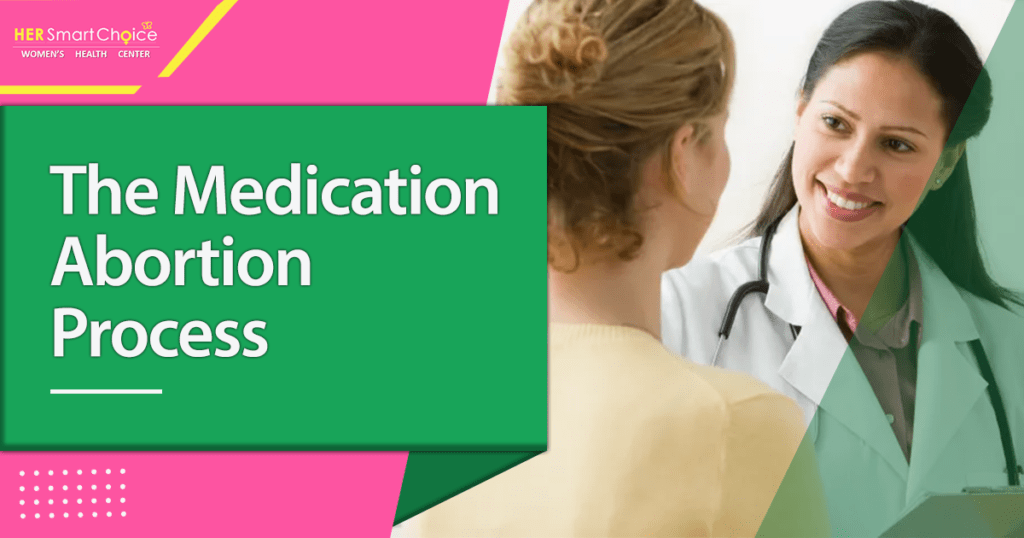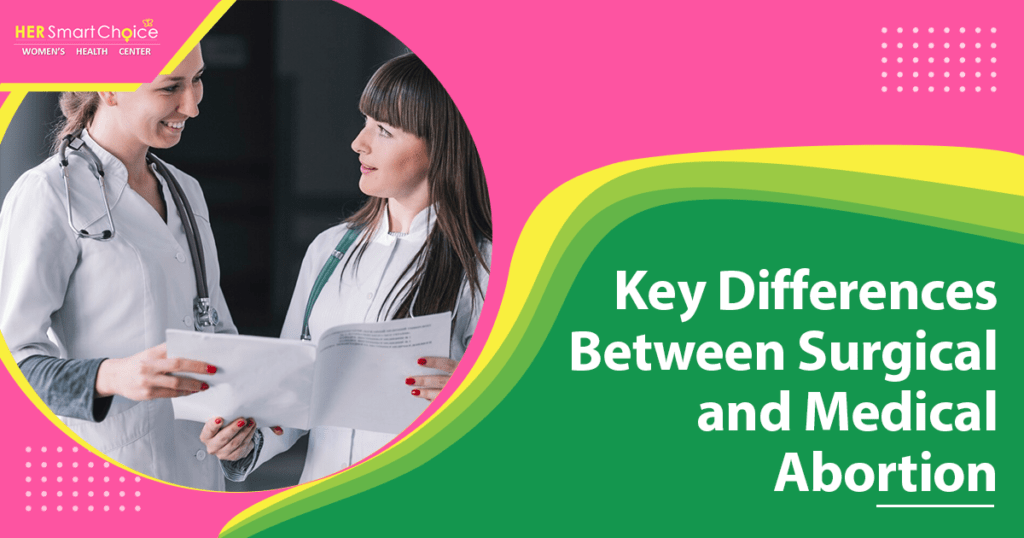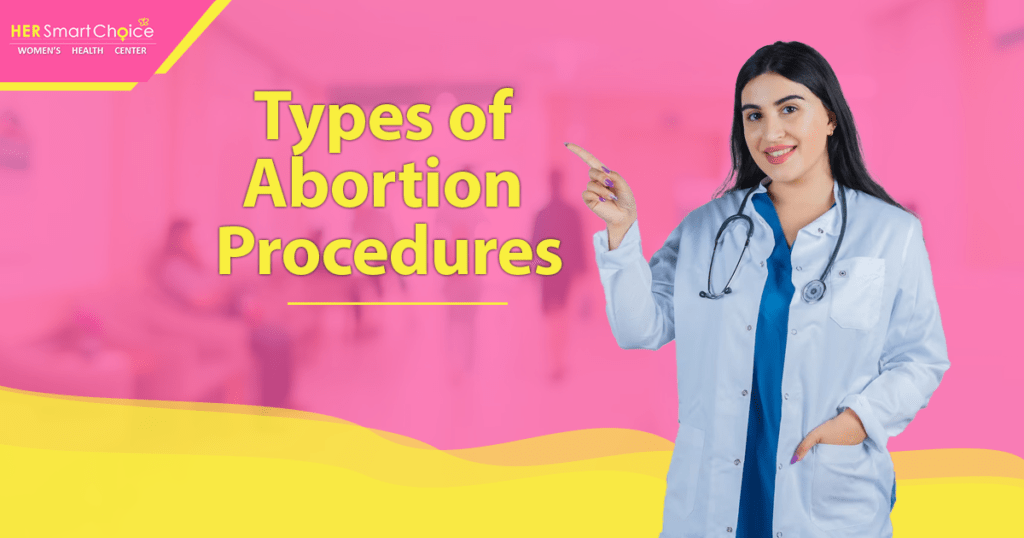Essential Services Offered by LA’s Family Planning Clinics
Are you looking for family planning clinics in Los Angeles? You have come to the right place! In this blog we will look at the various services provided by family planning clinics in Los Angeles. Family planning plays a crucial role in safeguarding the reproductive health and well-being of individuals and families. So it becomes very important to explore your options thoroughly. Let’s get started!
Follow Us!
Essential Services Provided by LA’s Family Planning Clinics:

Birth Control Options
Family Planning Clinics offer a wide range of birth control methods. They help you in finding the one that best suits your lifestyle and preferences. During the consultations, they will check your medical history, discuss potential side effects, and answer any questions you may have. Some of the most common birth control options are Hormonal Methods, Barrier Methods, Long-Acting Reversible Contraception (LARCs) and Emergency Contraception
- Sexually Transmitted Infection (STI) Testing and Treatment: They offer confidential and convenient testing for common STIs like Chlamydia, Gonorrhea, HIV, and HPV. If these problems get detected early, you can get necessary treatment and prevent complications and transmission to partners.
- Cancer Screenings: They perform regular screenings for cervical and breast cancer. So that there is early detection and successful treatment. Family planning clinics also offer Pap smears, HPV testing, and clinical breast exams, so that you can take charge of your long-term health.
- Pregnancy Testing and Counseling: If possible you should visit a clinic for accurate pregnancy test and counseling services before making any decision. Whether you’re considering continuing the pregnancy, exploring adoption options, or seeking information about abortion, by talking to trained professionals you can get answers to any of your concerns.
- Preconception Health Care: If you’re planning a pregnancy, family planning clinics can help you in optimizing your health for a comfortable journey. Preconception counseling focuses on factors like managing existing health conditions, prenatal vitamins, and healthy lifestyle habits to promote a healthy pregnancy for you and your baby.
- Men’s Health Services: While family planning may seem to be only about women’s health, some clinics offer services for men as well. The services include STI testing, fertility evaluations, and information on sexual health practices.
- Vaccinations: Family planning clinics may offer vaccinations for HPV and other STDs. They also provide vaccinations like measles, mumps, and rubella (MMR) for women planning a pregnancy.
- Educational Resources and Support: Many clinics offer educational resources related to sexual health, reproductive rights, and healthy relationships. This can help you in gaining a better understanding of your body and make better decisions for your well-being. Some clinics also offer support groups or individual counseling for various reproductive health concerns.
Benefits of Utilizing LA’s Family Planning Clinics:

Confidentiality and Privacy
Family Planning Clinics maintain your privacy, ensuring your information remains confidential.
- Non-judgmental Environment: Healthcare providers are expert in dealing with complex situations. They understand individual needs and offer support without judgment.
- Convenience and Accessibility: Many clinics have convenient locations and flexible appointment schedules. So that you can easily get the care you need.
- Expertise and Ongoing Care: They stay updated on the latest reproductive health advancements so that they can manage your reproductive health journey over time.
Conclusion
In conclusion, family planning clinics in Los Angeles play a vital role in empowering individuals and families to take control of their reproductive health. With a wide array of services, including birth control options, STI testing, cancer screenings, and preconception counseling, these clinics cater to the diverse needs of the community. The professional and supportive environment ensures that clients receive the care and information they need without judgment or bias.
The emphasis on confidentiality and accessibility makes it easier for individuals to seek assistance and stay informed about their reproductive health choices. By utilizing the valuable resources and expertise offered by these clinics, you can make informed decisions that promote your overall well-being and family planning goals. Don’t hesitate to reach out to a family planning clinic in LA and take the first step towards a healthier future!
Follow Us!
FAQs about Family Planning Clinics in Los Angeles
Family planning clinics in Los Angeles offer a variety of essential services, including birth control consultations, STI testing and treatment, cancer screenings (such as Pap smears and breast exams), pregnancy testing and counseling, preconception health care, men’s health services, vaccinations, and educational resources on sexual health and reproductive rights.
Family planning clinics prioritize your confidentiality by implementing strict privacy policies. All interactions and medical records are kept secure, and healthcare providers maintain a non-judgmental atmosphere, ensuring you feel comfortable discussing sensitive matters regarding your reproductive health.
No, family planning clinics cater to individuals of all genders and sexual orientations. While much of the focus may be on women’s health, many clinics also offer services for men. These services include STI testing, fertility evaluations, and information on sexual health, ensuring comprehensive reproductive health support for everyone.































